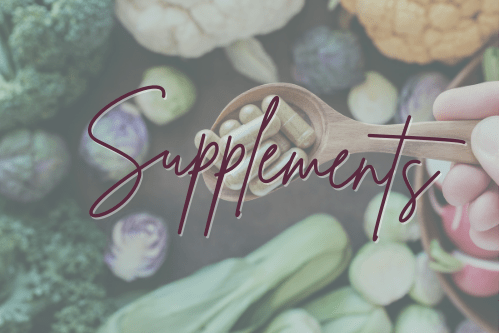Several months ago, I received an awesome gift from an awesome colleague. The Blue Zones American Kitchen is a photo and recipe journal with 100 recipes representing healthful eating habits across regions where people live the longest.
In a previous Blue Zones post, I wrote about the common lifestyle and environmental characteristics across these longevity hotspots.
But as you might imagine, there is more to the story than one’s lifestyle and environment.
People living in Blue Zones follow these 11 food guidelines that help add years to their lives.
1. 90-100% plant-based – People in the Blue Zones eat an impressive variety of seasonal vegetables. Think beets, turnips, and rutabagas in the fall, and lettuce, cucumbers, tomatoes, and green onions in spring and summer. They include beans, sweet potatoes, whole grains, fruit, nuts, and seeds throughout the year. Olive oil is a staple in these regions and is used for dipping, drizzling, and cooking.
2. Meat – While people in four of the five Blue Zones consume meat, they do so sparingly, using it as a celebratory food, a small side, or to flavor their dishes. On average, people across the Blue Zones eat about two ounces or less of meat approximately five times per month. That is significantly less than a typical portion of meat served in the United States.
3. Fish – In most Blue Zones, people eat up to three small servings of fish per week. The typical choices are middle-of-the-food-chain species like sardines, anchovies, and cod that are not exposed to high levels of mercury and other chemicals that pollute today’s fish supply. Refer to SeafoodWatch.org for information about safety and sustainability practices when selecting seafood from a menu or at the fish counter.
4. Dairy – Cow’s milk does not figure significantly in any of the Blue Zones except for some Seventh-Day Adventists. Instead, goat and sheep milk are more prominent, especially in Ikaria, Greece, and Sardinia, Italy, and often consumed as yogurt, sour milk, and cheese. The health benefits of these types of milk are likely due to the animals being grass-fed, which results in higher levels of beta-carotene and omega-3 fatty acids.
5. Eggs – People in all of the Blue Zones eat eggs, but only two to four times per week. In addition, they usually eat just one egg at a time as a side, with a slice of bread, folded into a corn tortilla, or boiled in soup. Eggs consumed in the Blue Zones come from chickens that roam freely and do not receive hormones or antibiotics.
6. Beans – On average, beans contain up to 21% protein, 77% complex carbohydrates (good carbs), and only a few percent fat. Their high fiber content leads to a feeling of satiety that can help reduce cravings. People living in the Blue Zones eat at least half a cup of beans per day, four times that of Americans.
7. Sugar – People in the Blue Zones are intentional about their sugar intake. They consume about the same amount of naturally occurring sugar as those of us in America, but only about one-fifth of the added sugar. Their sweets intake is limited to special occasions and as part of a meal. The best way to reduce sugar is to avoid products that list sugar as one of the first five ingredients.
8. Nuts – The Adventists Health Study 2 found that those who eat nuts outlive non-nut eaters by an average of two to three years. Snacking on two ounces of nuts per day (about two handfuls) is the average amount that Blue Zone centenarians consume. Brazil nuts, almonds, walnuts, pecans, cashews, hazelnuts, macadamia nuts, peanuts, and pistachios. There is a variety to choose from.
9. Bread – Sourdough or 100% whole wheat is best, as most commercially made bread in the United States starts with bleached white flour, which metabolizes quickly and can spike insulin levels. Whole grains have a higher level of fiber that, when combined with the sourdough process, helps lower the glycemic load, is easier on your pancreas, and is more likely to result in calories being available as energy rather than being stored as fat.
10. Whole foods – If you can’t pronounce an ingredient, it shouldn’t be eaten. Foods such as carrots, broccoli, olives, kidney beans, oranges, grapes, and onions ARE ingredients. Whether raw, cooked, mashed, or fermented, whole foods are not highly processed. Rarely do Blue Zone meals contain artificial preservatives. Instead, the meals comprise a half dozen or so whole ingredients blended together. Check out my list of recipes for some creative, whole-food meals.
11. Water – It’s essential for life. Being well-hydrated facilitates blood flow and lessens the chance of a blood clot. Although opinions vary on how much water to consume daily, a good target is half your body weight in ounces of pure water, herbal tea, mineral broth, and liquid from soups and stew juices. Avoid soft drinks (including diet soda) and other processed beverages high in sugar. Coffee, caffeinated tea, and red wine have health benefits. I’ll save that discussion for another post.
Let me know which of these guidelines you already follow and how doing so affects your health.
Here’s to your health and vitality!






